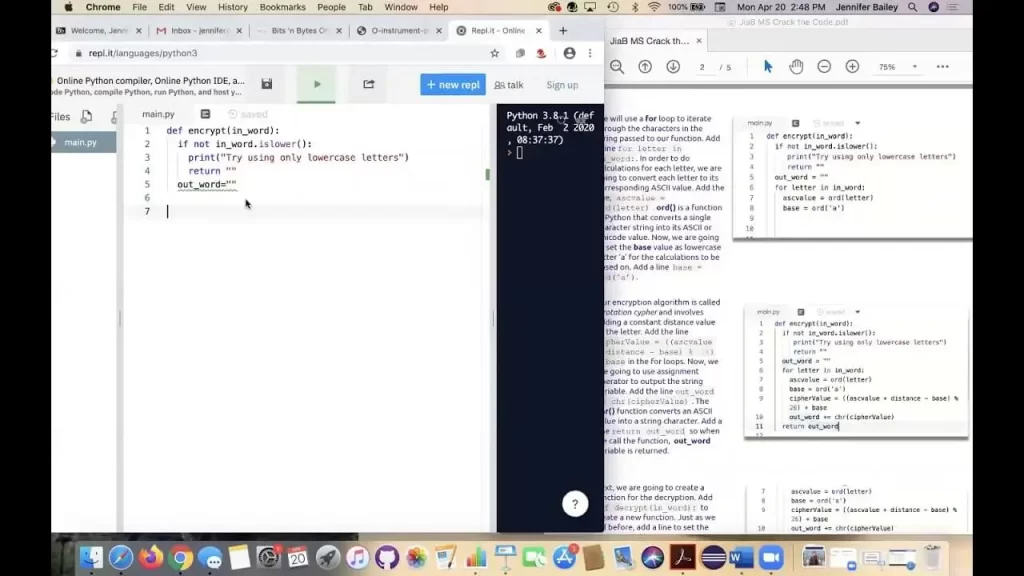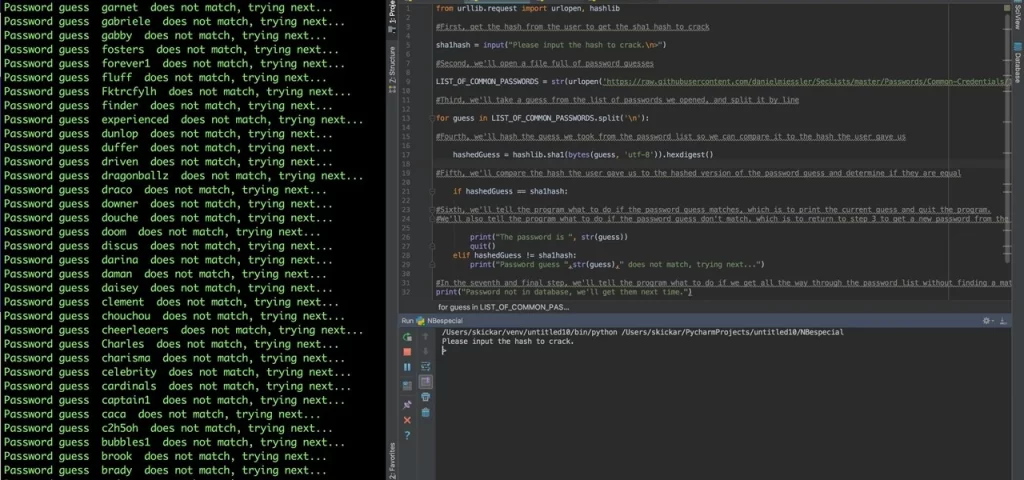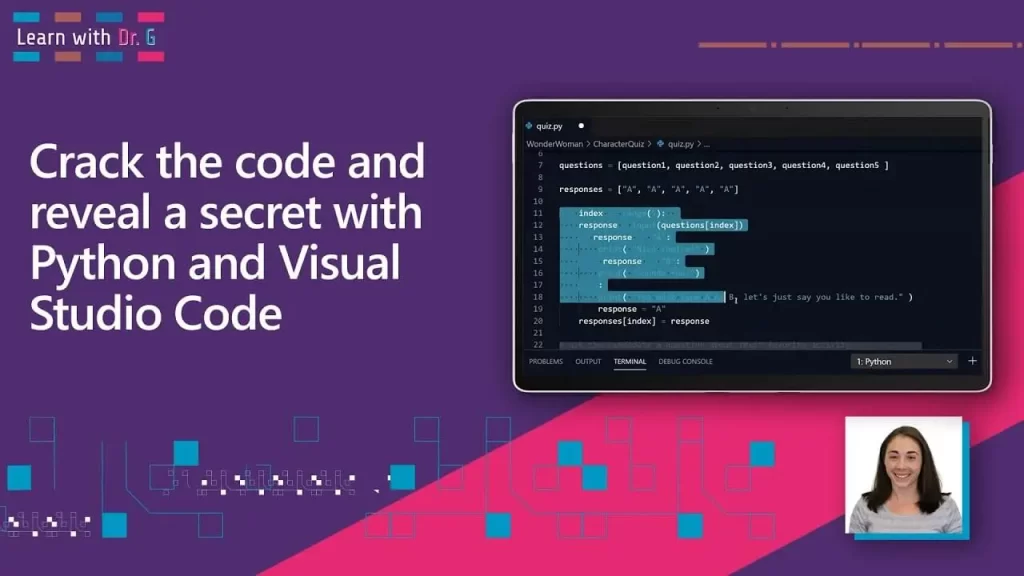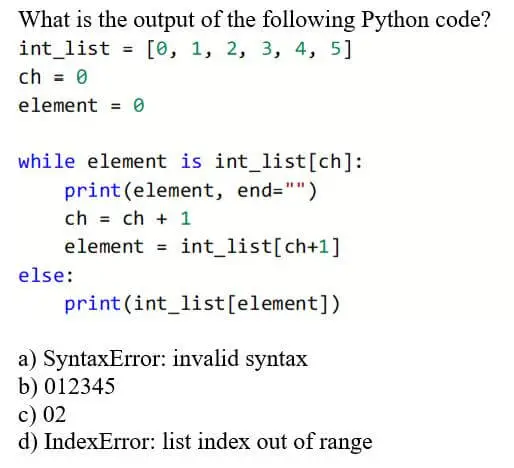In the digital age, information security has become paramount, and one of the key aspects of safeguarding data is cryptography. The art of writing and deciphering codes has a rich history that dates back centuries, but with the power of modern computing, the process has been revolutionized. Python, a versatile programming language, has emerged as a valuable tool for cracking codes, making cryptography more accessible than ever. In this article, we’ll embark on a journey to explore the world of code cracking with Python.
Detail of Cracking Codes with Python
| Name of PDF | Cracking Codes with Python |
|---|---|
| No Pages | 362 |
| Author | Al Sweigart |
| Originally Published | January 23, 2018 |
| Language | English |
| Genres | Computer Programing, Python Programming Education Software Development (Books) |
| Size | 7.62 MB |
| Buy the latest edition |
Comprehensive Ophthalmology PDF

Table of Contents
Introduction to Cracking Codes with Python
At its core, code cracking involves deciphering encrypted messages to unveil their hidden meanings. Throughout history, governments, militaries, and individuals have relied on various encryption techniques to protect sensitive information. However, with the advancement of technology, the challenge of breaking these codes has grown more intricate.
The Fascinating World of Cryptography
Cryptography, the science of writing and deciphering codes, has a long and intriguing history. From ancient civilizations to modern cyber warfare, the use of ciphers has played a crucial role in communication and espionage. Today, cryptography forms the backbone of secure online transactions and digital communication.
Python: Your Partner in Code Breaking
Python’s versatility and extensive libraries have made it a favorite among programmers and hackers alike. Its simple syntax allows for efficient code development, making it an ideal choice for tackling complex problems like code cracking. Let’s delve into some common cipher types and see how Python can aid in breaking them.
Cracking Codes with Python

Understanding Common Cipher Types
Substitution Ciphers
Substitution ciphers involve replacing plaintext characters with ciphertext characters based on a predetermined key. Examples include the Caesar cipher and the Atbash cipher. Python’s string manipulation capabilities make it a breeze to automate decryption attempts.
Transposition Ciphers
Transposition ciphers involve rearranging characters in the plaintext to create ciphertext. Techniques like columnar transposition have been historically used. With Python, we can automate the process of trying different transposition permutations.
Caesar Cipher Demystified
The Caesar cipher, a type of substitution cipher, involves shifting characters by a fixed number. Python’s modular arithmetic and string handling can be harnessed to efficiently crack the Caesar cipher.
Analyzing Frequency with Python
The Role of Letter Frequency
In many ciphers, certain letters appear more frequently than others. This phenomenon can be exploited to crack codes. Python enables us to analyze the frequency distribution of letters in ciphertext and make educated guesses about potential plaintext substitutions.
Writing Code to Analyze Letter Frequencies
By utilizing Python’s libraries, we can write code that calculates the frequency of each letter in a ciphertext. This information can be used to identify potential decryption patterns.
The Art of Brute Forcing
Brute force attacks involve systematically trying all possible keys until the correct one is found. While time-consuming, Python’s computational power makes it feasible to implement brute force attacks effectively.
Implementing Brute Force Attacks in Python
Python’s iterative capabilities can be leveraged to implement brute force attacks. By automating the process, we can efficiently crack codes by exhaustively trying out various keys.

The Enigma Machine: A Historical Challenge
The Enigma machine, used by the Germans during World War II, posed a significant challenge to code breakers. Emulating its complexity using Python provides insight into the historical struggle to crack its codes.
Mimicking the Enigma Machine with Python
Python allows us to simulate the Enigma machine’s intricate workings. By creating a virtual Enigma machine, we can better understand the code-breaking efforts that eventually led to its decryption.
Breaking Vigenère Cipher
Exploring the Vulnerabilities of Vigenère
The Vigenère cipher is more sophisticated than simple substitution ciphers. However, it’s not immune to cracking. Python’s string manipulation and analysis capabilities come to the rescue once again.
Creating a Vigenère Cipher Breaker
Python enables us to create a Vigenère cipher breaker that utilizes techniques like Kasiski examination and Friedman’s test to deduce the key length and crack the cipher.
Steganography: Hiding in Plain Sight
Steganography involves concealing messages within seemingly innocuous mediums. Python’s image and text processing libraries can help us uncover hidden messages and reveal the secrets of steganography.
Uncovering Hidden Messages with Python
Through Python, we can automate the process of analyzing images and text files for hidden messages. This reveals the covert communication techniques that steganography employs.
Quantum Computing and Cryptography
The Implications of Quantum Computing
The advent of quantum computing poses both opportunities and threats to cryptography. Its processing power could potentially undermine current encryption methods, sparking the need for quantum-resistant algorithms.
Strengthening Cryptography in the Quantum Era
Python’s adaptability plays a role in developing and testing new cryptographic algorithms that can withstand the computational power of quantum computers.
Ethical Code Breaking: The Legal and Moral Dimensions
The pursuit of code breaking raises ethical questions about privacy, security, and the potential misuse of decrypted information. Balancing the technical prowess with ethical considerations is crucial in the world of cryptography.
Cracking Codes with Python

About the Cracking Codes with Python
Learn how to program in Python while creating and breaking ciphers — the algorithms used to create and send encrypted messages! After a crash course in Python programming basics, you’ll learn to build, test, and hack programs that encrypt text with classical ciphers like the transposition cipher and the Vigenère cipher.
Conclusion: Embracing the Challenge of Cryptography
In a world driven by data and communication, cryptography remains essential. Python’s capabilities have democratized the field of code breaking, allowing enthusiasts and experts alike to explore the fascinating realm of cryptography. As we navigate through history, technology, and ethics, it’s clear that the art of cracking codes will always be a thrilling intellectual pursuit.
FAQs by Cracking Codes with Python
Is Python the only programming language used in cryptography?
Python is a popular choice due to its simplicity, but other languages like C++, Java, and Ruby also have cryptography libraries
Can I legally use code-breaking techniques for educational purposes?
Yes, as long as your intent is ethical and lawful, you can use code-breaking techniques for educational exploration.
What is the most secure encryption method in use today?
As of now, asymmetric encryption methods like RSA are widely considered secure due to their reliance on mathematical problems that are hard to solve.
How does quantum computing affect traditional encryption?
Quantum computers could potentially break traditional encryption methods, prompting the need for quantum-resistant algorithms.
Is code breaking similar to hacking?
Code breaking and hacking share similarities, but code breaking often involves deciphering codes through legal and ethical means, whereas hacking implies unauthorized access.





